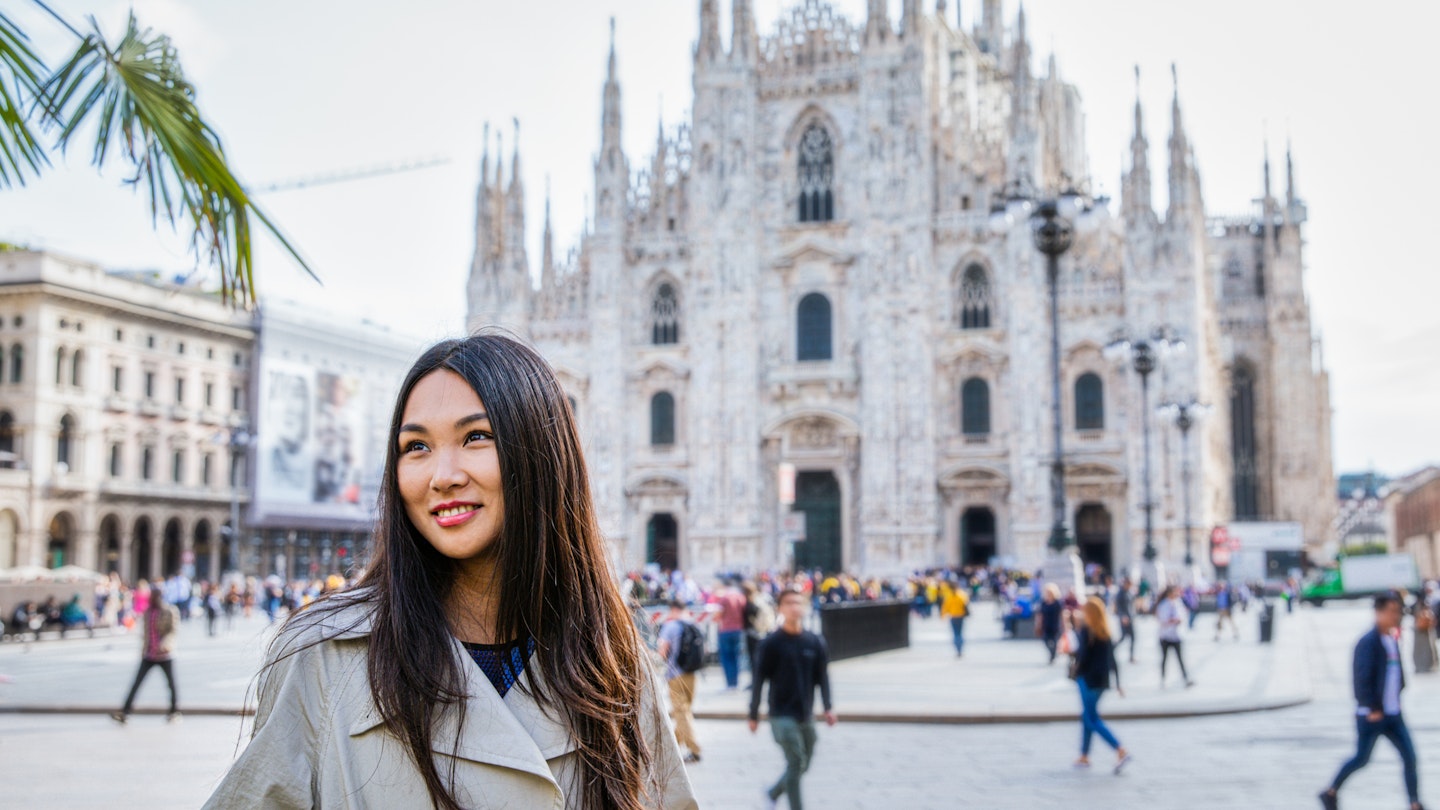Home to many of the world’s greatest works of art, architecture, and gastronomy, Italy elates, inspires, and moves like no other.
Italy boasts more UNESCO World Heritage cultural sites than any other country on Earth. Whether you walk in the footsteps of ancient Romans in Pompeii, revel in Ravenna’s glittering Byzantine treasures, or admire Giotto’s revolutionary frescoes in Padua, it offers a cultural conundrum that is both thrilling and overwhelming. Therefore, many wonderful things await to see and do.
However, another vital consideration is determining the best time to visit the country. Should you choose summer when the sun shines high but also sees the highest prices, or wait for the low season when costs drop but many attractions may not be open? Use this seasonal guide to plan your perfect visit to Italy, considering weather, crowds, prices, and events throughout the year.
April to June Offers the Best Weather
Often regarded as the best time to visit, spring in Italy offers an ideal mix of pleasant climate and manageable tourist flows. Nature blooms as the snow melts, and the rolling hills come to life after winter’s chill.
While April can be unpredictable weather-wise—making it wise to pack both sunscreen and a raincoat—May and June typically provide clear, sunny skies without the extreme heat experienced in July and August. As summer approaches, both Italian and European tourists make the most of their weekends, so expect lines in major museums. Weekdays present a great opportunity to enjoy sights without the crowds.
Late spring is perhaps the best time of the year to enjoy the great outdoors. Great deals on accommodations can be found in rural areas, beaches often remain tranquil, and nature reserves offer peaceful retreats from the city buzz. Many Italian regions, such as Abruzzo, Liguria, Umbria, and Sardinia, have invested in sustainable tourism infrastructure, building cycling routes and hiking trails that allow visitors to admire spectacular scenery at a relaxed pace.

Moreover, keep an eye out for the Giornate FAI di Primavera (FAI Spring Days), a two-day event nationwide where heritage buildings usually not open to the public are accessible for free.
Held annually in Milan in April, the world’s prestigious furniture fair showcases design and creativity. Following this, Labour Day (May 1) welcomes the sunny season with Rome’s Concerto del Primo Maggio, one of Europe’s largest free music festivals.
Beaches Are Packed in July and August, and Costs Go Up
Traveling to Italy from late June to early September means facing peak holiday season, filled with advantages and disadvantages. A majority of Italians take vacation in July or August, heading to the coast in droves to enjoy the sunshine. Prices soar alongside temperatures during this time. If you plan to travel to popular destinations in the summer months, accommodation should be booked in advance, as prices will significantly increase compared to the rest of the year.
Most festivals, including both music and historic reenactments, occur during the summer. The Venice Film Festival also attracts attendees from around the world, showcasing international cinema in a glamorous setting.
However, the heat can be intense, particularly in cities or southern regions where temperatures can exceed 35°C (95°F) in July and August.

September to November: Wine, Olive Oil, and Truffles
The second shoulder season (after spring) is celebrated for wine, food festivals, and the beautiful hues of autumn forests. In recent years, the weather has remained warm well into November, especially in southern regions.
Additionally, this period is perfect for stunning road trips through the countryside while tasting seasonal delicacies. As summer ends, wineries are busy harvesting grapes, while the first olive oil of the season begins to hit tables across the country. The rich foliage in many forests provides opportunities for photographers and hikers alike.
In September, the UNESCO-listed city of Mantova hosts one of Italy’s preeminent literary festivals in its historic center, featuring talks by notable authors. The Tuscan city of Lucca hosts Europe’s largest comics festival in October, attracting a half-million visitors, while Alba holds its renowned truffle festival from October to December.

December to March: Snow Sports and Great Deals
Winter months transform parts of Italy, especially coastal areas, into serene retreats. From late December to March, the Alps become a hub for snow-sport enthusiasts. Italy’s top ski resorts are in the northern Alps and Dolomites, with additional options available in Friuli, the Apennines, Le Marche, and even Sicily.
All major cities begin their festive lighting in November, while Christmas markets with live music, ice skating, and stalls selling seasonal treats take over public squares throughout December. One of the most notable markets can be found in Merano.
The holiday season sees many Italians returning home, creating an atmosphere filled with celebrations and fireworks. Venice notably celebrates Epiphany with the Regata della Befana, showcasing local culture at its best.
Traveling during the winter months can be cost-effective, as accommodations typically have lower prices and discounts are often offered at major attractions.
March weather can be unpredictable, but as winter turns into spring, nature comes alive with vibrant colors. The arrival of spring is celebrated with various cultural events, marking a perfect time to explore Italy’s rich traditions.
This article was first published on April 7, 2021, and updated on November 20, 2023.





